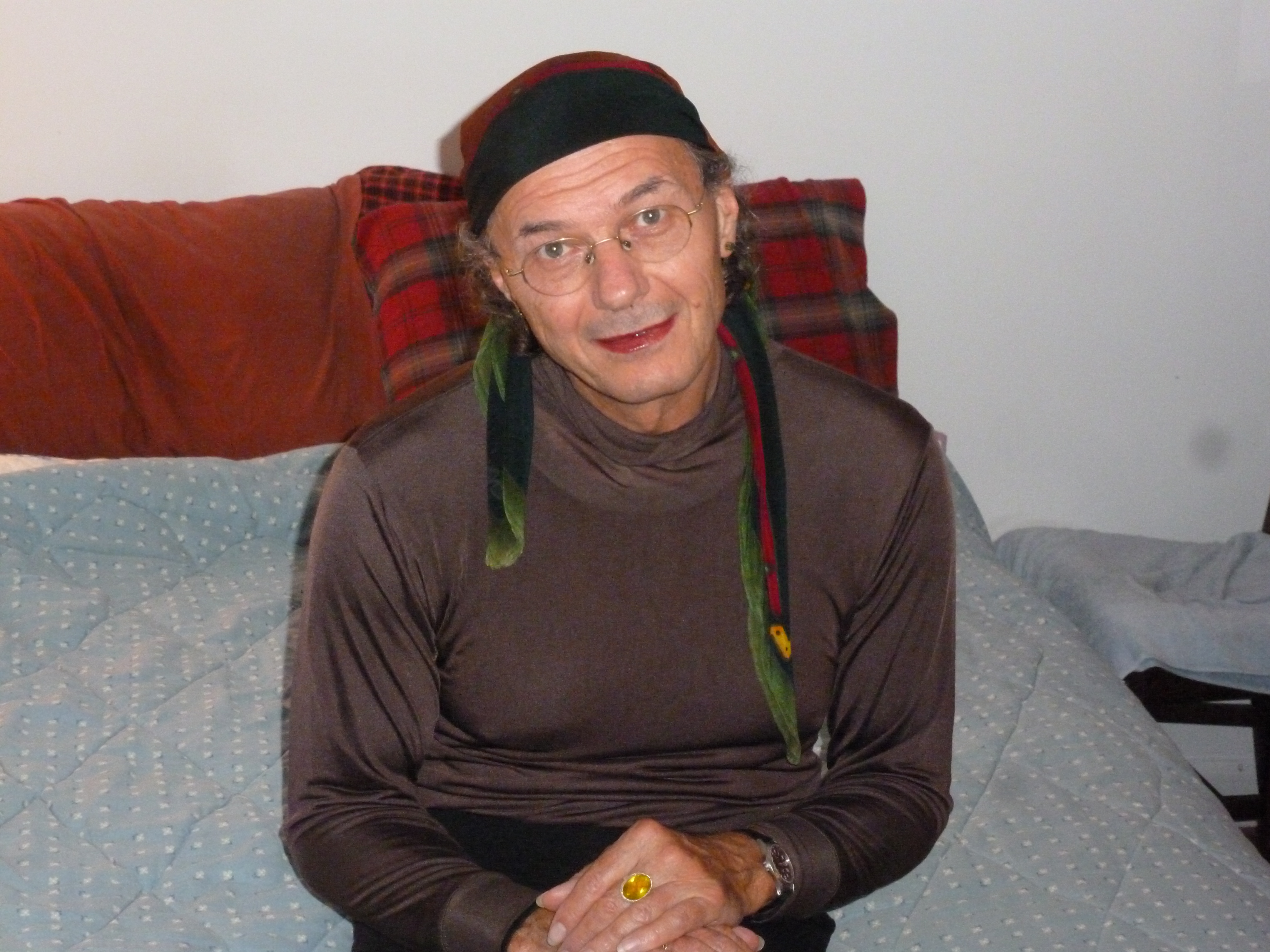Michaela McCormick, Shambhala Meditation Center, Portland, OR
Bio:
Michaela McCormick has been meditating for over 13 years and has been a student of Sakyong Mipham Rinpoche since 2005. She is Director of Practice and Education for the Portland (OR) Shambhala Meditation Center, a meditation instructor, a teacher of introductory classes, and a member of the Diversity Working Group of Shambhala International. For 25 years she worked as a teacher, trainer, and practitioner of conflict resolution and public dialogue. For longer than that she was a community organizer/activist. She has written two memoirs and now writes poetry and essays on social and spiritual themes.
What have been your personal experiences as a trans or gender non-conforming person practicing in Buddhist communities?
I came to claiming the woman in me largely through my meditation practice just three years ago at the age of sixty-four. I knew I was, at the very least, not all boy, and not straight, before I was five years old. But expressing my femininity and my attraction to my boy cousin Jerry was squelched at age five, and succumbing to the pressure all around me, I spent the next twenty plus years doing my damnedest to be male, masculine, and heterosexual. I succeeded after a fashion, and left so much of me behind.
When I was twenty-eight, I fell for my first adult male lover. Iris was a former drag queen who did his best to re-introduce me to my feminine self. I was too scared to peel back much of my masculine facade, but his outrageous support helped me glimpse parts of me that stayed near the surface, and set me on a path to authenticity.
In late 2010, my older brother Jon put himself into detox after denying some of the best parts of himself for decades, and after nearly killing himself with drink. We had turned our backs on each other decades earlier as he joined the mainstream culture and became intolerant of all kinds of difference and I headed for the fringe nursing just as much judgment of his choices. I knew when he put himself into detox he would begin facing some things about himself, and asked him if he’d begin writing stories with me about growing up together and taking such disparate paths. Despite the chasm between us and his unfamiliarity with self-reflection, he said “yes.” Over the next two years, through sharing our life stories with each other, we came to a deep place of mutual acceptance and ask each other for forgiveness.
In May, 2012, I was practicing a Tibetan Buddhist meditation called ngondro aimed at surrendering, purifying, and self-acceptance, and grappling with confusion about why I’d stopped writing the stories with Jon. I awoke one night to an epiphany, a realization that what both Jon and I were experiencing, and writing about, was a softening or gentling, each in our own way, of our spirits, our being. In that moment, I realized that I was softening into my feminine self. The next day I went out and bought a dress, and I have been presenting as a woman ever since.
Writing the stories, the memoir, with my brother, and reflecting on the arc of my life was a conceptual, and often wrenching, way of descending into my true self. But that alone wasn’t enough to get to the woman in me, or a conscious awareness of her. I needed, too, the ngondro practice to mine the non-conceptual, intuitive depths of being. I needed to purify the false messages I’d gotten all my life about who I was. I needed to surrender my ego-controlled will to be a certain kind of person. I needed to accept and return to my authentic self. That would not happen only through a conceptual act of intent or will, but also through faithful meditation. I am grateful for my meditation practice and for the Shambhala Buddhist teachings that remind me that the path to awake is to remain engaged in the world.
